Canadian Military Police - The police are responsible for obeying and enforcing the law. The law (including the Criminal Code of Canada and provincial police acts) limits the powers of the police by defining the circumstances under which the police can act.
In some circumstances, governments can pass laws that give the police "special powers". The most unusual Canadian example is the War Measures Act, which was invoked in October 1970 during the Quebec Crisis. This position is available for part-time Primary Reserve employment at select locations across Canada.
Canadian Military Police
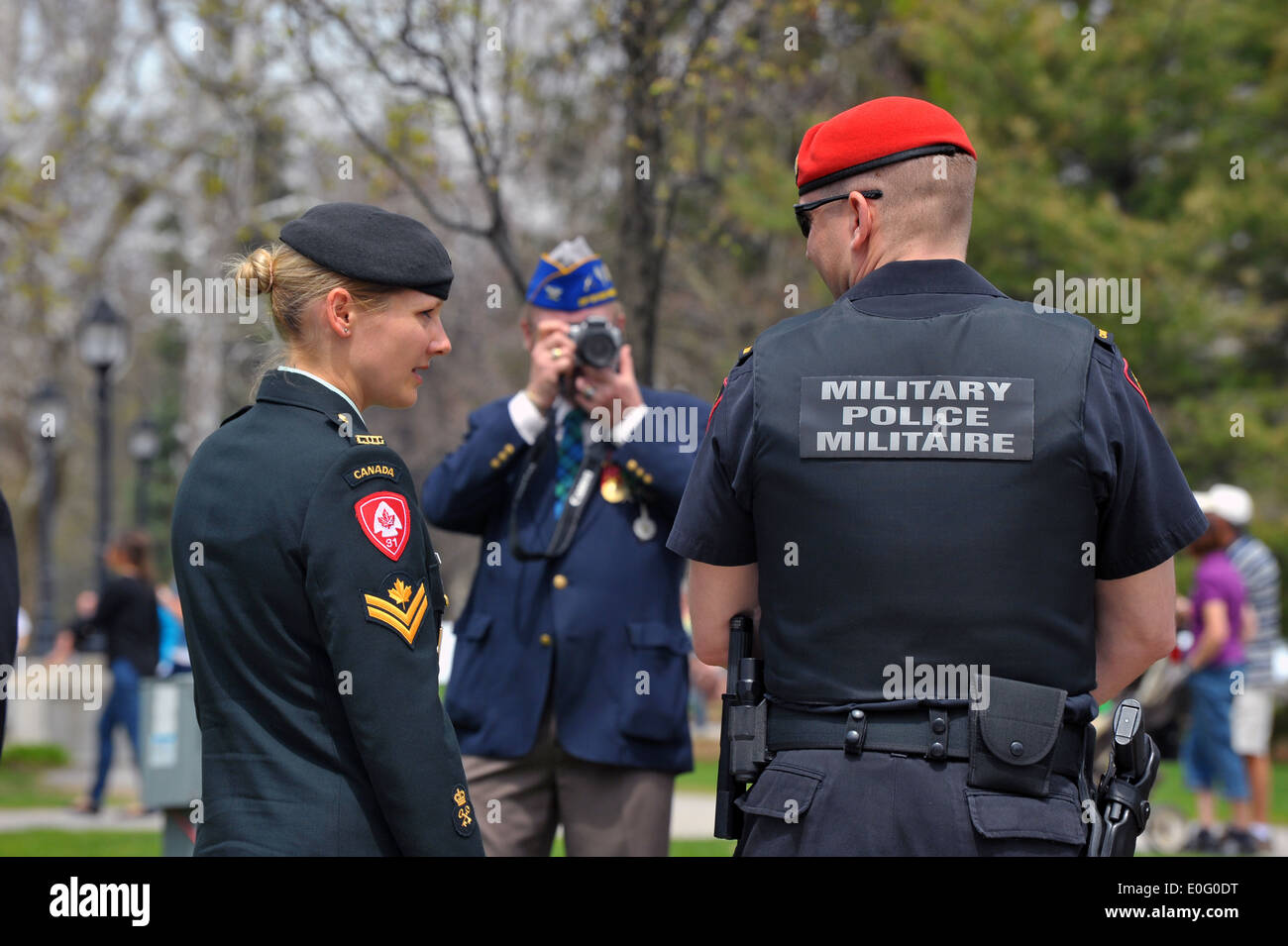 Source: c8.alamy.com
Source: c8.alamy.com
Reservists typically serve part-time in their community's air force and may serve while attending school or doing civilian work. They are paid during training. They are not installed or required to make a military move. However, they may voluntarily transfer to another base.
Safeguards And Accountability
They may also volunteer for a military mission within or outside of Canada. While Peter Kraska found that US SWAT team deployments increased each year in the 1980s and '90s, data on Canadian SWAT team deployments shows a less steady increase.
This should not be taken to mean that SWAT teams do not play an active role in policing in Canada, or that Canadian police forces are not militarized. SWAT team deployments in response to people with mental health issues, suicide threats, and welfare checks were also common.
Calgary's tactical unit was called to more than 130 incidents in 2007; While decreasing each year, the unit still responded to more than 60 such incidents in 2016. The most important finding is the large increase in the average number of deployments by tactical units.
In 1980, the average annual deployment of Canadian tactical units was approximately 60 total units per unit. Our results show that the average annual number of Canadian tactical unit deployments is now about 1,300 units per unit, an increase of about 2,100 percent over 37 years.
Future For Policing In Canada?
Complaints can lead to investigations and significant changes in Canadian police. For example, the Royal Commission of Inquiry into Certain Activities of the Royal Canadian Mounted Police (1977–81) investigated allegations of RCMP security. Among his recommendations was the creation of the Canadian Security Intelligence Service (CSIS).
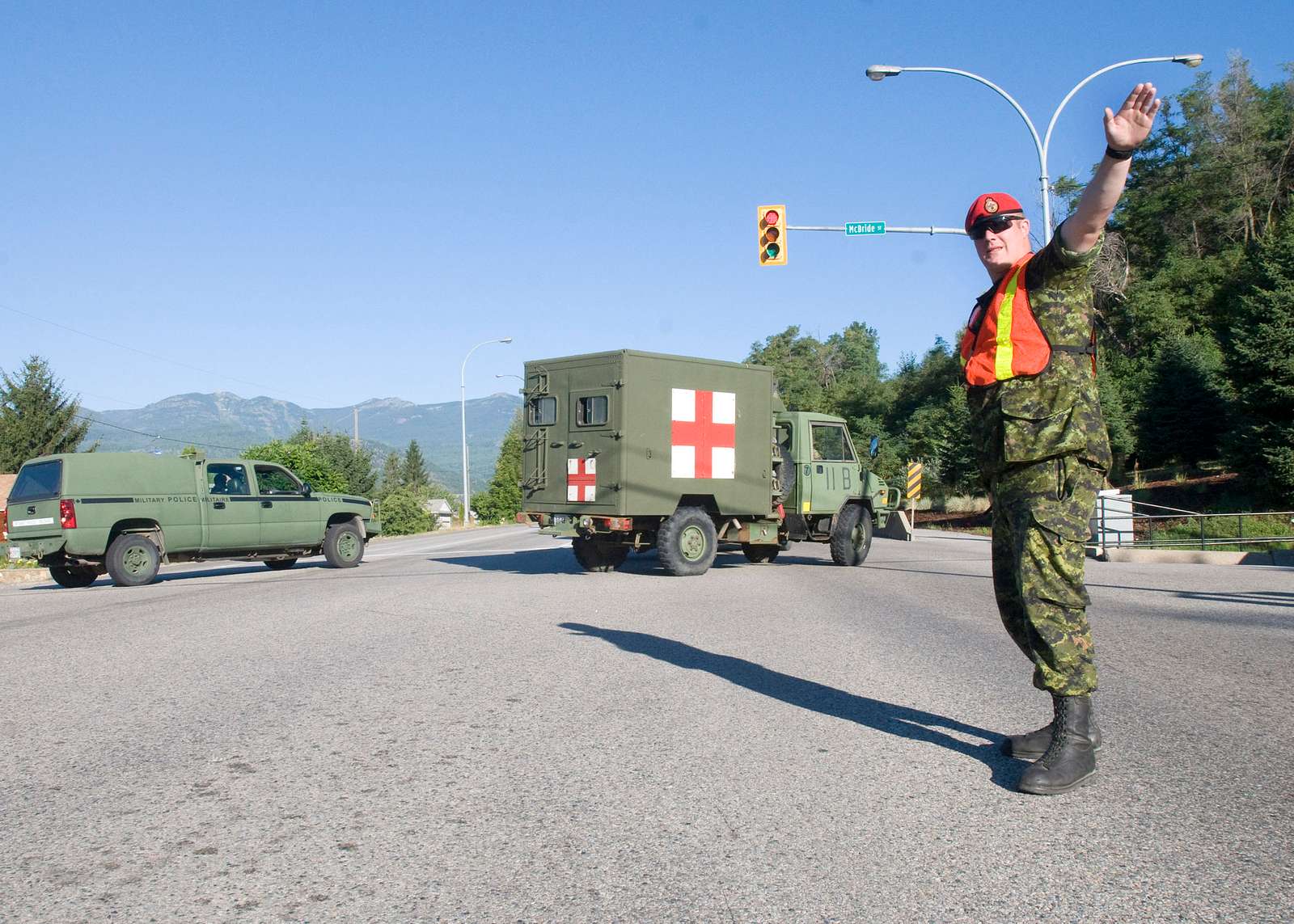 Source: cdn2.picryl.com
Source: cdn2.picryl.com
Recently, complaints of workplace harassment at the RCMP have led to several reviews. In May 2017, the RCMP Civilian Review and Complaints Commission released its report on workplace harassment in the RCMP. His recommendations included modernizing RCMP governance and making the organization's complaints process more independent and effective.
Specially trained police officers are usually called in for more difficult or dangerous situations. This includes subduing and disarming people with weapons and managing hostage situations. Specialists are also called upon to develop or distribute bombs and other explosives.
In addition to federal, provincial, municipal and First Nations policing, the Government of Canada authorizes other forms of policing through statutory powers. These powers are limited to certain areas and/or specific groups of people, but are similar to public police powers.
Per Cent Increase In Swat Deployments
Examples are harbor police, military police and railway police. After basic training, you will attend Infantry School at the Combat Training Center in Gagetown, New Brunswick. You'll build on the leadership training you received during basic officer training in addition to the skills required of soldiers in all combat arms, including handling more advanced weapons, crafts and section-level tactics.
The primary function of the police is to maintain order (sometimes called "the peace") among people in the community. The primary responsibility of the police in Canada is to keep Canadians safe and enforce the law.
There are many types of police in Canada. The RCMP enforces federal laws and provides policing services in all territories and most provinces. Ontario, Quebec and Newfoundland and Labrador have provincial police forces. Most cities and many large cities have their own municipal police forces.
Many First Nations also have their own police forces. In 2018, there were approximately 68,500 police officers in Canada, 185 officers per 100,000 people. The RCMP also provides services to all public police forces in Canada.
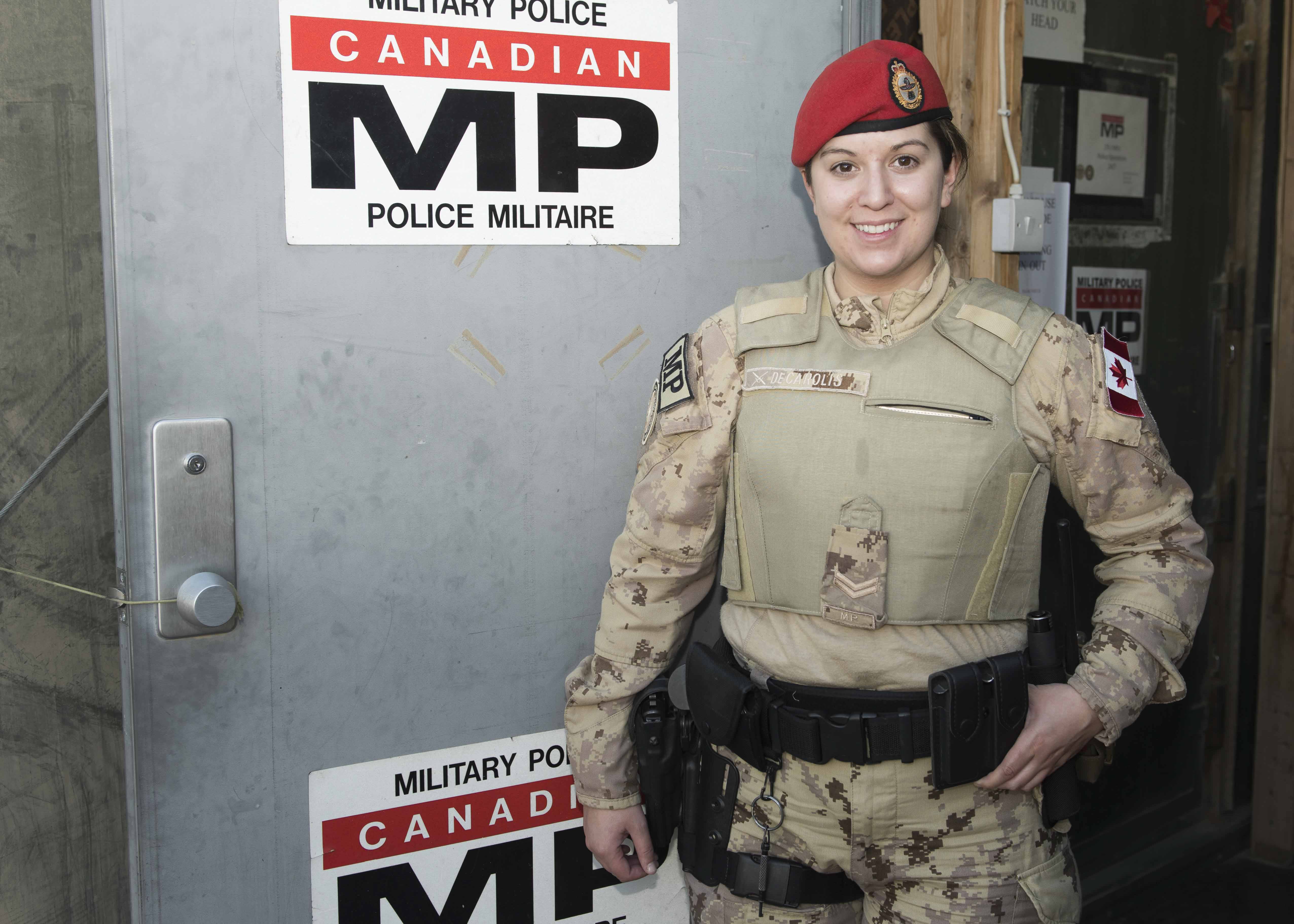
Other Police Forces
This includes the Canadian Police College and the Canadian Police Information Centre, a central police database that provides information on matters such as criminal records. Other specialized services include the Canadian Firearms Program and the National Child Exploitation Coordination Centre.
More importantly, there was strong evidence to show that Canadian SWAT teams were routinely used in reactive and proactive tasks that were outside of their intended functions and often outside of what was disclosed to the public.
Our research examines the militarization of Canadian police forces over the past decade. With 12 cities of more than 500,000 residents and at least 22 police services, each employing 500 or more officers, it is important to look at policing trends in Canada's largest urban centres.
Historic photographs reproduced on these pages are either originals in the collection or believed to be in the public domain. Where possible, the source is cited. All known copyright material is reproduced here with permission of the copyright owner.
Common Army Phase
Unless otherwise noted, badges, insignia, documents and uniforms are from the collection of the Canadian Military Police Museum. Permission to reproduce these images is granted provided that they are reproduced without modification and appropriate credit is given.
PILOT: After completing military police officer training, you may be assigned to lead a military police squad that conducts day-to-day policing operations, or a field platoon that prepares for the next deployment of the Canadian Armed Forces.
This is the only police force where you can work not only anywhere in Canada, but anywhere in the world. We are the frontline police service in this country. All Canadian citizens are entitled to the same rights, privileges and protections under Canadian law, and the Military Police is authorized to provide these services to the same standards as other Canadian police services.
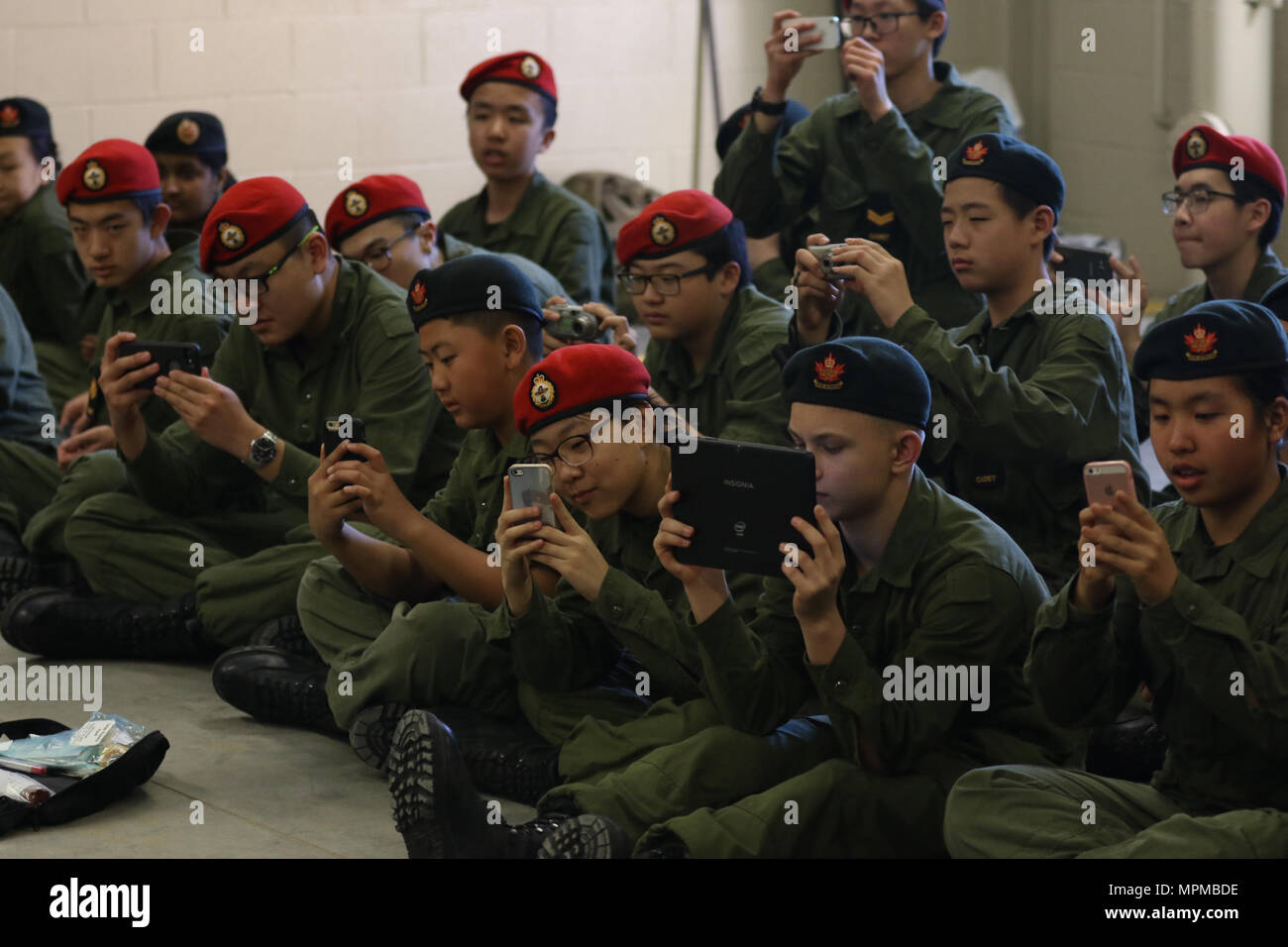 Source: c8.alamy.com
Source: c8.alamy.com
Military police regularly work in the civilian criminal and military justice systems and are recognized as peace officers in the Criminal Code of Canada. With more than 1,250 full-time members, they make up one of Canada's largest police forces.
Work Environment
In some cases, most notably the Winnipeg Tactical Unit, the results show that SWAT teams were used in routine patrols and as part of the police service's community policing strategy. The involvement of SWAT teams in these operations underscores their expanded role in policing, suggesting a high degree of normalization that militarization indicates.
Military Police officers lead teams of Military Police members in the enforcement of laws and regulations on Canadian Armed Forces (CAF) facilities in Canada and abroad. They serve the entire CAF community, including regular and reserve force members, civilian employees, cadets and their families.
Scholars have tended to focus on these US shootings, ignoring the Canadian case, when forming their understanding of the issue. But without Canadian-based data and research, we risk overlooking the massive militarization that has occurred among Canada's mainstream police forces.
BATISTA: During your career, you'll have the opportunity to take specialized training in security, surveillance, close protection, air marshal, cyber security, drug interdiction, counterintelligence and even major crime investigations, often in collaboration with other Canadians. and international police forces.
Drug Warrants Suspicious Incidents Traffic Violations
SMITH: I am currently a Police Operations Officer at Marine Military Police Group Headquarters. On a day-to-day basis, I perform quality assurance and policing for all police investigations within the Naval Military Police Group, such as impaired driving, common assault, fraud or other service offences.
Other SWAT team deployments were outnumbered. TA surveys showed that the Ontario Provincial Police (OPP) Emergency Response Team (OPP) and the Winnipeg Police Service (WPS) Tactical Support Team (TST) deployed at the highest rates in 2016, with over 2,000 and 3,000 deployments respectively.
 Source: www.thechronicleherald.ca
Source: www.thechronicleherald.ca
. If you already have a university degree, preferably in a criminal justice-related field, CAF will determine if your academic background meets the criteria for this job and can place you directly into a mandatory job training program after basic courses.
Military officer basic training and qualification training is required prior to assignment. If the deployment of SWAT teams were limited to situations that require their equipment and skills, such as hostage taking and terrorist threats, perhaps there would be less to worry about.
Federal Police Rcmp
But as in previous research conducted in the United States, we found that this is not the reality for Canadian SWAT teams. Instead, regular law enforcement accounts for the majority of SWAT team use. Recently obtained Human Events documents show that Alexander Vindman pitched to the Ukrainian government to obtain lucrative defense contracts.
In August 2022, Vindman, who was working as the executive director of Trident Support, installed a deck on the Ukrainian Weapons Systems Maintenance Center to address issues related to Ukraine's weapons management, particularly readiness, repair, and maintenance issues.
Members of the public can file complaints with these organizations, which review and make recommendations, but usually cannot investigate or lay charges. If they decide that the complaint is legitimate, the case is usually referred to the appropriate police service.
For minor infractions, police officers are usually subject to informal disciplinary action. By law, the most serious cases must be investigated by an independent organization, although this does not always happen. Military police officers may serve in the Royal Canadian Navy, Canadian Army, or Royal Canadian Air Force.
Winnipeg Has High Deployments
Leading teams of military police members work to enforce laws and regulations at CAF facilities in Canada and abroad. When working part-time or occasionally full-time, they are usually employed by a Military Police group somewhere in Canada.

The deployment of the Calgary Police Service (CPS) tactical unit in our research revealed a somewhat unique case. Although the unit deployed in 2007 on pace with the OPP and Winnipeg, its deployment has declined each year to just over 600 in 2016.
as areas of armed conflicts or natural disasters. Most military police officers work outside, on foot or by car, or in an office environment to take statements or fill out paperwork. Windman wrote in The Atlantic about listening to the phone call at length, complaining that Trump withheld the money a week before the call.
"The White House abruptly suspended nearly $400 million in US security assistance that Congress had earmarked for Ukraine. It was not only a 180-degree reversal of US government-backed policies, he wrote, but also the opposite. to the national security interests of the United States in the region.
Municipal Police
The federal police force, the RCMP, is the largest force in the country. It enforces federal laws, investigates financial and organized crime, protects national security, and ensures state security. officials and foreign dignitaries. The RCMP also provides contract policing services to all territories and provinces except Ontario and Quebec.
In addition, it provides police services to more than 150 municipalities and 600 indigenous communities. After an initial screening, eligible candidates will complete a career orientation and aptitude assessment at the Military Police Assessment Center to ensure you have a realistic understanding of the Military Police occupation and potential for success.
Now, with Russian aggression well underway, Vindman is seeking access to the n. Some of the more than $200 billion the Biden administration pledged to Ukraine is for itself. It was Joe and Hunter Biden's involvement in Ukraine that Trump tried to get to the bottom of, asking Zelensky about the circumstances surrounding the firing of a prosecutor under Vice President Biden's watch.
Independent agencies have also investigated allegations of racism among police officers. This includes the effect of race on "street checks" or "carding" when a person is stopped by the police on the street to collect personal information.
First Nations Police
There were also complaints about the police's treatment of missing persons and murders involving indigenous people. In 2016, for example, there was an outcry against the Thunder Bay police force over the way they investigated the deaths of Indigenous people.
This triggered a two-year review by the Office of the Independent Police Review Director (OIPRD), which revealed systemic racism in the force. In June 2019, the Thunder Bay Police Force announced that a multidisciplinary agency was investigating nine deaths.
the team, Winnipeg's tactical unit, was more concerned with community policing. Almost 100 incidents of "special attention" or "hot spot" deployments by the tactical support team were recorded in the 2016 daily report, along with a significant number of deployments in response to noise complaints, traffic incidents and disturbances.
Work Environment
canadian military police ranks, royal canadian military police, military police canada, are canadian police armed, canadian army military police group, canadian police force, caf military police, canadian military police dress uniform
 Source: i.ytimg.com
Source: i.ytimg.com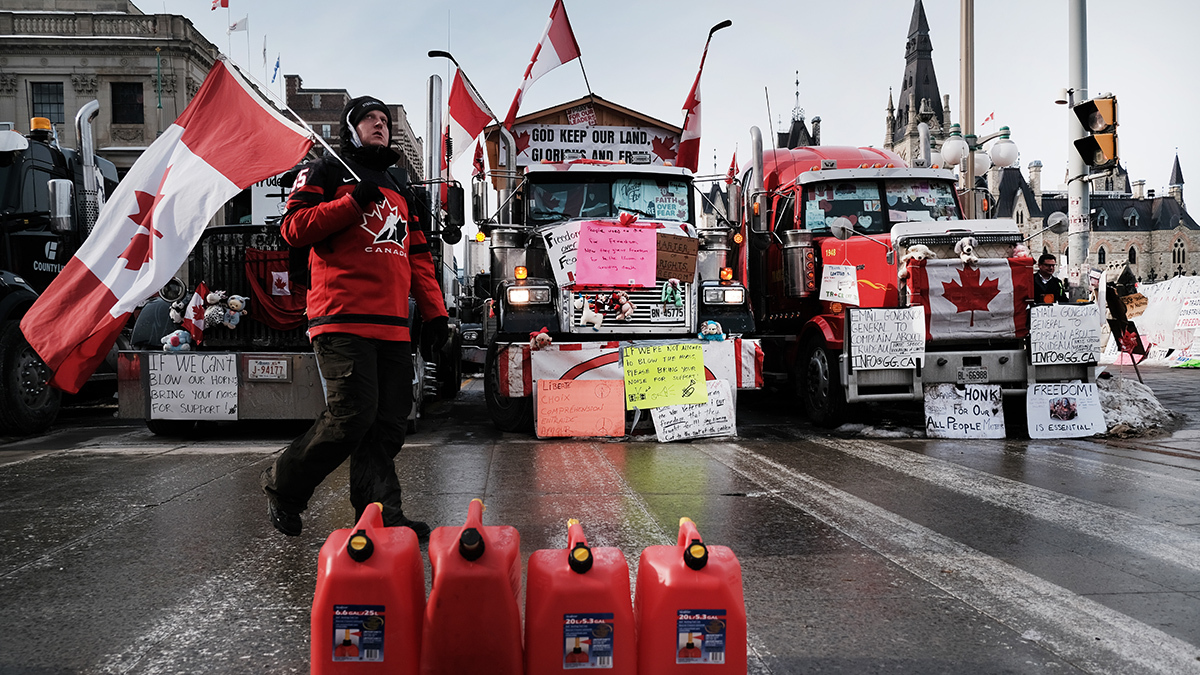 Source: cdn.cfr.org
Source: cdn.cfr.org Source: i.cbc.ca
Source: i.cbc.ca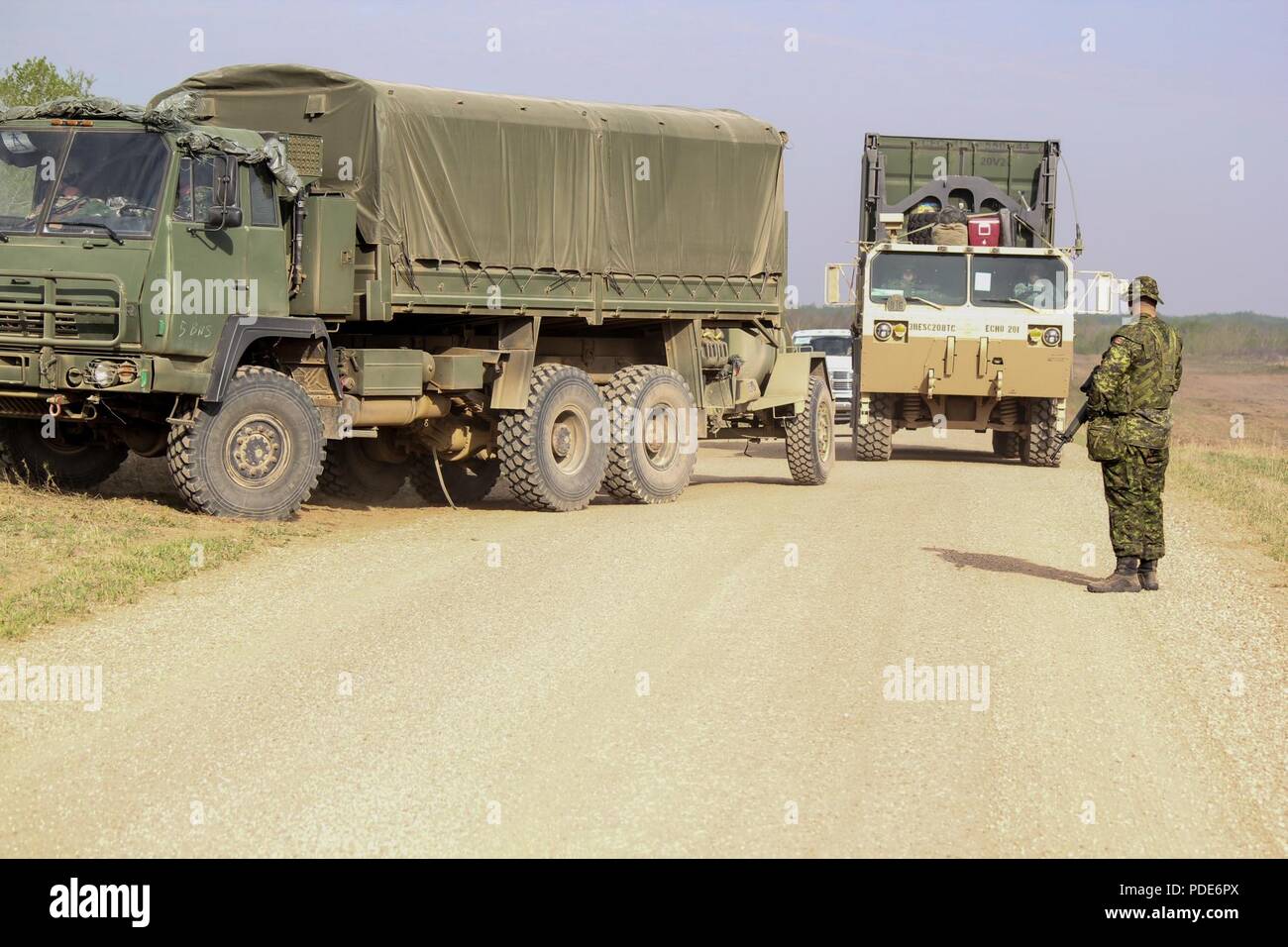 Source: c8.alamy.com
Source: c8.alamy.com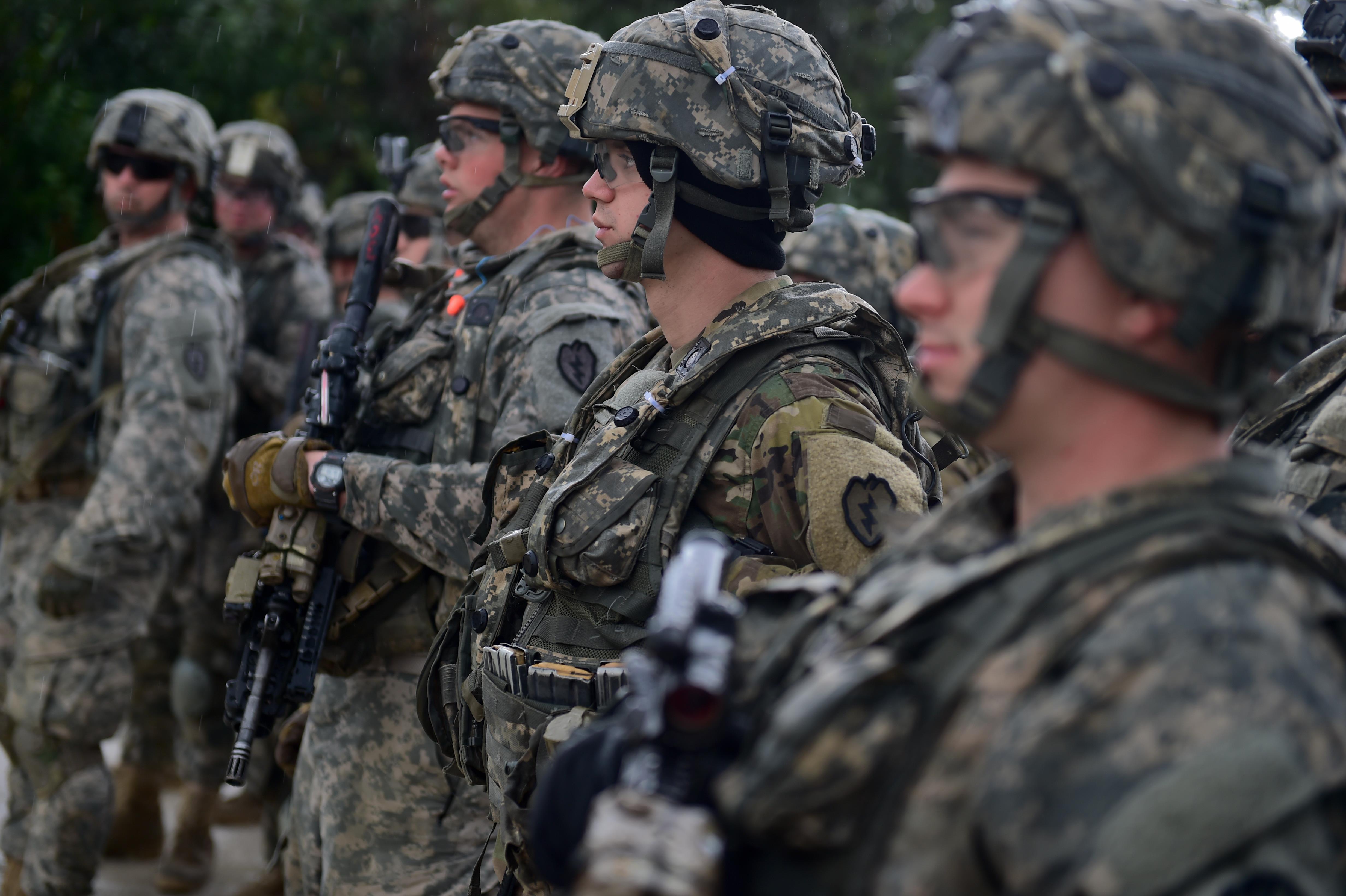
 Source: royalmontrealregiment.com
Source: royalmontrealregiment.com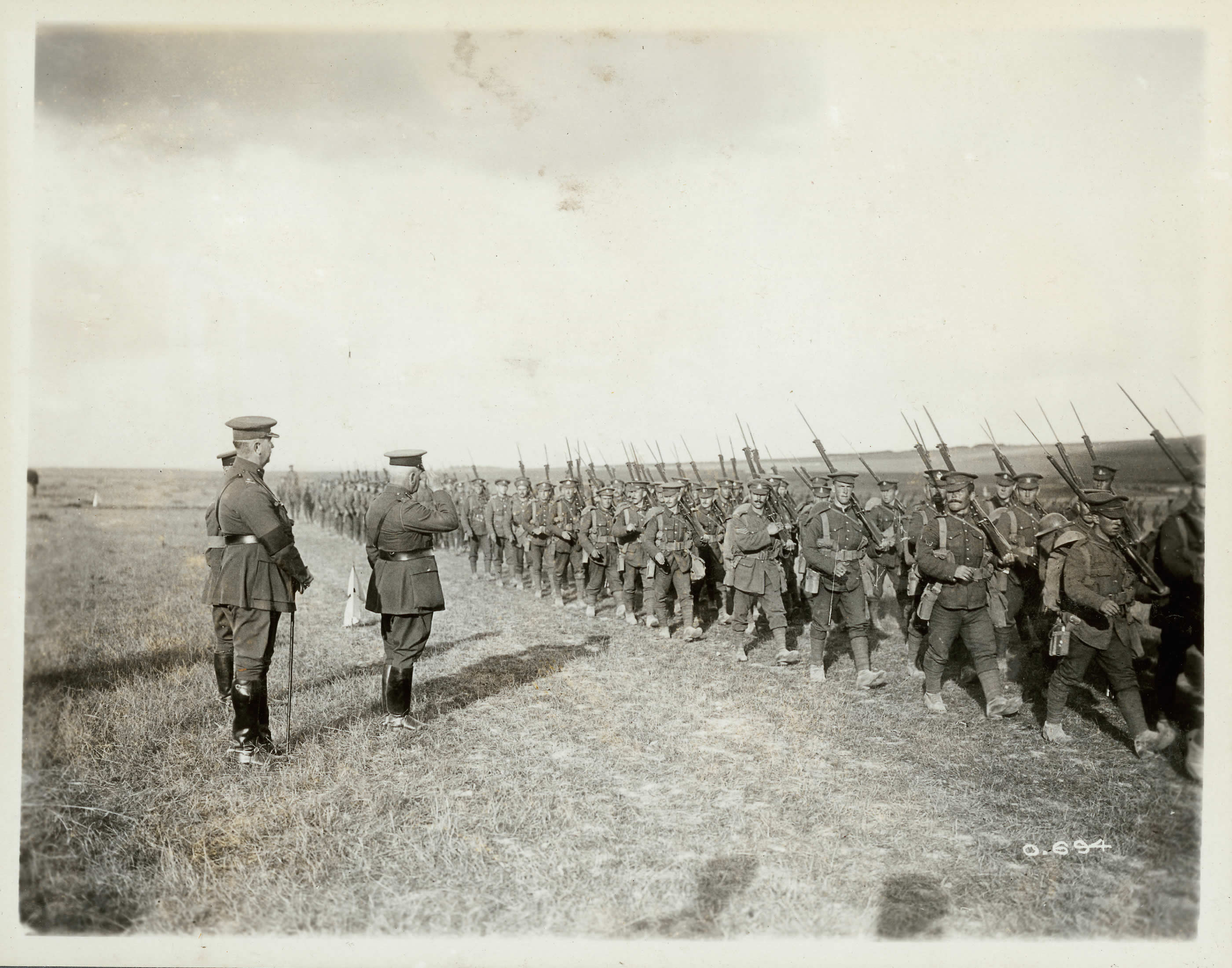 Source: www.warmuseum.ca
Source: www.warmuseum.ca Source: i.cbc.ca
Source: i.cbc.ca Source: forces.ca
Source: forces.ca Source: live.staticflickr.com
Source: live.staticflickr.com